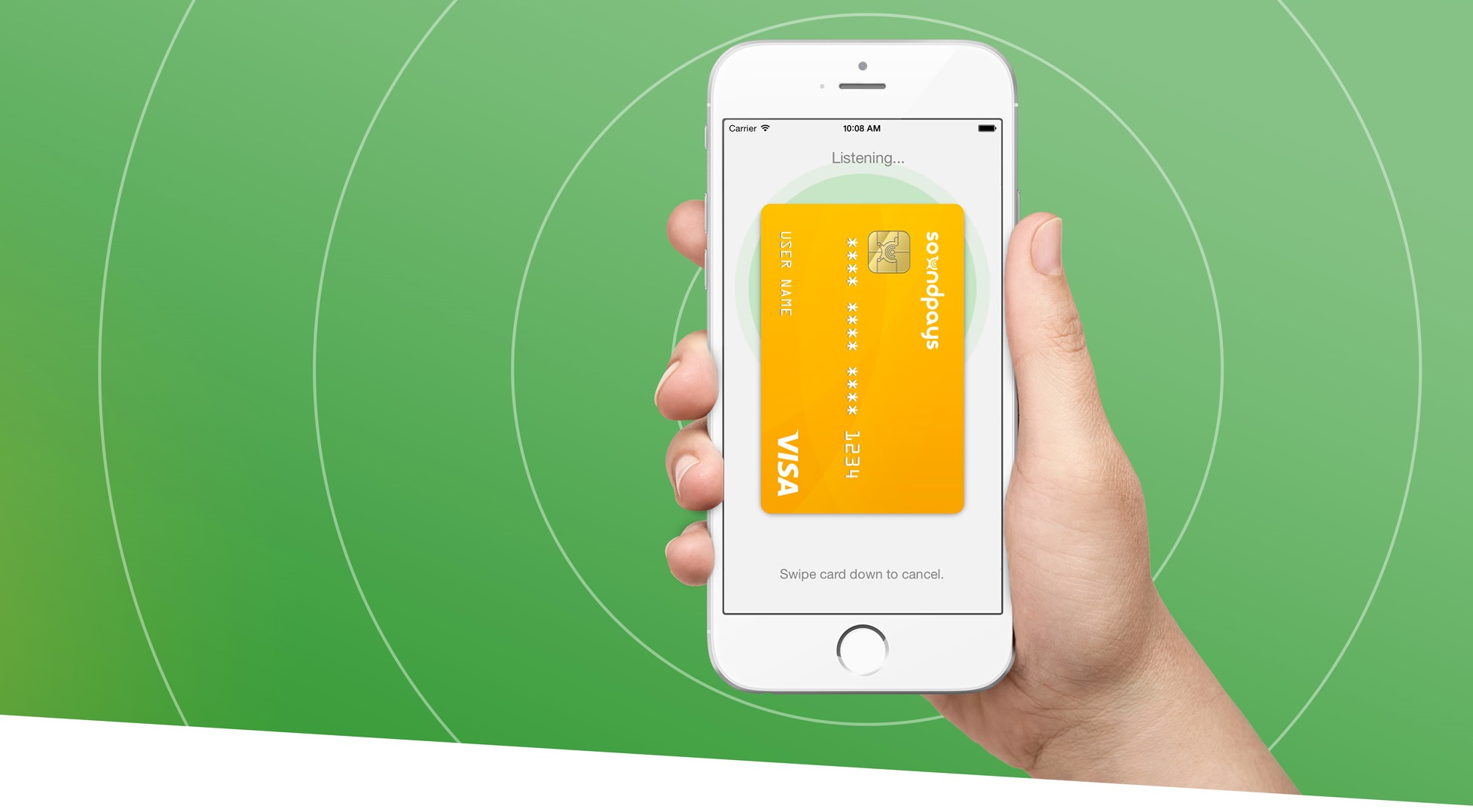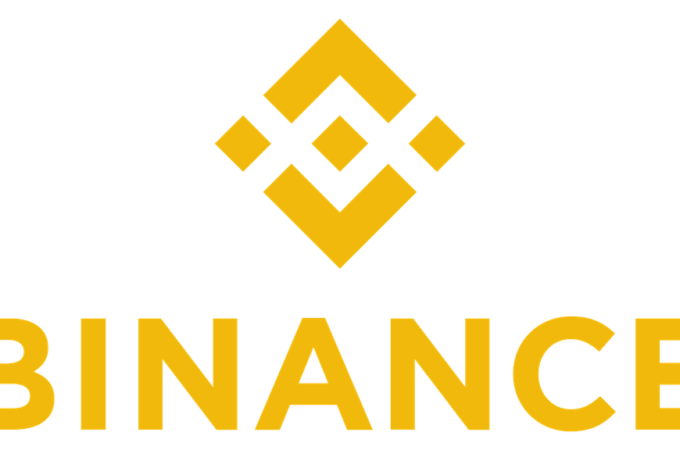
Sound-Based Payments as an Inclusive Technology for the Developing World
By Elena Mesropyan for LTP
Near Field Communication (NFC) is a form of contactless communication between devices like smartphones or tablets, which allows a user to wave the smartphone over an NFC-compatible device to send information without needing to touch the devices together or go through multiple steps while setting up a connection.
As explained by professionals, the technology behind NFC allows a device – known as a reader, interrogator, or active device – to create a radio frequency current that communicates with another NFC-compatible device or a small NFC tag holding the information the reader wants. Passive devices, such as the NFC tag in smart posters, store information and communicate with the reader but do not actively read other devices. This allows both devices to send and receive information.
Businesses and individuals are increasingly reliant on the technology as it carries efficiency benefits in terms of speed and enhanced experience. Companies like Apple, Xiaomi, Huawei, Samsung, etc. – all major phone manufacturers around the world – are now actively pushing proprietary payments solutions embedded in their smartphones employing NFC technology. All modern smartphones are enabled with NFC tags, which itself builds a foundation for all contactless payments providers to develop and market a multitude of solutions.

Image source: NFC payments are picking up in developed economies but emerging economies are different
There could be over a billion mobile device owners globally without enabled NFC technology
Some estimates suggest that there are around 2.08 billion smartphone devices currently in circulation. However, not all those smartphones are NFC-enabled and most phone owners with older models don’t have access to contactless payments options.
Data suggests that in 2016, there are a little over 1 billion NFC-enabled devices installed globally. It means that there could be over a billion device owners probably concentrated in developing countries mostly, that have phones, but can’t use contactless payments. Around a billion smartphones owners around the world are missed opportunities for companies focusing on pushing NFC payments (which is almost all companies).
The problem with access to contactless payments goes deeper if we consider the part of the global population that does not even have a mobile device. There could be different reasons for that like price and other factors. For the part of the population that cannot afford a modern device, much cheaper and older versions are leaving them in the same group of people not being able to use contactless payments technology. Estimates suggest that it’s a vast group of population – only in the US, around 28% of the population does not have a smartphone at all. In the UK, that number reaches 32%, and in Canada – 33%.
Sound-based payments as an inclusive technology for developing countries
Sound-based payments may not be a big thing in developed markets with a high percentage of smartphones with NFC chips and a fairly large percentage of merchants having NFC-enabled POS systems. But for countries that have a large population, a high smartphone penetration rate but lagging business ecosystem that can’t afford to replace legacy terminals (in India, for example, there are only ~40,000 EMV standard NFC machines in the country), sound-based payments seem to be a great alternative. Sound-based technology works usually through an app and the user doesn’t need any special hardware like an NFC tag to use it (it’s expected that ~30% of POS terminals globally still will not be NFC-enabled by 2019).
Sound-based payments solutions use sound waves to enable offline, proximity-based contactless payments. The technology has been around for a while. Several years ago, professionals were advocating for reasons that sound-wave data transfer is a good alternative because two of the prerequisites – a speaker and a receiver – are so widespread, and the technology doesn’t require any special hardware or device pairing.
Moreover, as MIT professionals have been saying several years ago, it would make easier for consumers around the world, including the millions who do not have smartphones, to do things like buying and selling goods locally. Sound can also be used as a simple way to let completely different devices communicate, which is becoming increasingly important as we split time between an ever-growing number of gadgets.
Companies working with sound-based payments solutions
The concept and technology powering sound-based payments are not new at all, but it was never widely adopted around the world. There have been attempts to bring the technology use into masses, but they were very localized and did not receive much attention at the time.
-
Naratte – Zoosh – Verifone
In 2011, there was a company that tried to push sound-based payments into the gap of NFC-enabled device adoption – Naratte, which developed Zoosh technology (later acquired by Verifone). Based in Sunnyvale, California, Naratte –for two years – has been developing the audio-processing technology needed to make the approach secure enough for payments data and robust enough to work even in noisy environments.
As explained by the MIT Technology Review, using Zoosh involved briefly holding a phone within six inches of either another handset with a Zoosh-enabled app or a dedicated reader connected to a store’s checkout terminal. The devices exchange short ID tokens encoded into blips of ultrasound to identify each other – a process that takes less than one second. Then users can make debit or credit transactions of points or even cash, or let devices swap data such as contact info.
In 2013, Alipay has launched a payment system in the Beijing subway that used sound waves to connect smartphones with vending machines. As reported then by TechCrunch, the sound wave payment system was introduced with the Alipay Wallet mobile app in January and used white noise generated by a smartphone to carry digital information to another device. Initially used for smartphone-to-smartphone transactions, the Beijing Subway launch marks the first time the system has been used with a payment kiosk for consumer transactions.
The same year, Verifone launched Way2ride for New York City Taxis (which in 2014 expanded to Philadelphia) using patented Zoosh sound-based technology to check passengers into their ride, allowing for secure transmission of payment information through the cloud. Way2ride was Verifone’s first commercial deployment of the Zoosh technology, which utilizes the speakers and microphones of smartphones to securely exchange encrypted data between devices allowing app developers to unlock the potential of non-NFC smartphones to deliver single-tap functionality alongside their NFC solutions.
-
Paytm
From examples that are a bit more modern, there is Paytm, which in January 2016, announced that it would launch ‘sound pay,’ a feature on its mobile application that allows money transfers and payments using ultrasonic sound waves.
“Consumers will soon have the option of clicking the ‘sound pay’ icon in the Paytm app,” Nitin Misra, Head of products at Paytm, told ET. “It will transmit ultrasonic sound at a certain frequency and it carries data. The data will include how much to pay and the customer’s credentials.”
-
Ultracash – Yes Bank
There is also Ultracash, a Bengaluru-based startup that has developed a solution based on patent-pending technology developed in India. It uses very high frequency and inaudible sound waves for data transfer between two mobile devices. As the technology uses the phone’s speaker and microphone, it works on all phones there is no need for any special hardware.
In February, Ultracash has entered a partnership with private sector lender Yes Bank to launch payments processing through sound waves. This partnership enabled Ultracash to issue YES BANK sponsored mobile wallets and employ YES BANK’s IMPS payments platform to enable processing of instant proximity transactions. The company’s technology ensures that Ultracash’s ‘Tap and Pay’ works on all devices and doesn’t need any special hardware to make the payment and there is no need of special NFC chips.
-
ToneTag – Yes Bank
Yes Bank has also partnered with ToneTag, which offers proximity communication technology to integrate to offer sound-based, contactless payments, on its mobile wallet Yes Pay. The technology will allow its wallet users to make ‘cardless’ payments at merchant outlets through their mobile phone.
“With ToneTag, YES Pay Wallet users can enjoy an NFC-like (Near Field Communication) payments experience without the associated hardware dependencies, which is a significant improvement over current technologies such as QR codes that are being used in the market for in-store payments,” said Kumar Abhishek, CEO of ToneTag.
The same ToneTag in February this year has partnered with MoboMoney, an NFC payments platform launched by information technology provider Tech Mahindra in December 2015, which plans to extend the service to a greater number of mobile devices and merchants across the country with the new partnership.
“In addition to merchant payments, this technology can facilitate P2P money transfer between two mobile devices. The consumer initiates the payment and the merchant accepts, leading to data transfer using audible or inaudible sound frequencies. Since the technology is also compatible with legacy POS terminals, it enables proximity payments to work on the existing 1.2m POS terminal network in India. <…> It would also bring the opportunity to make around 14 million merchants in India accept cashless, digital payments on their phones with minimal or no investment,” Tech Mahindracommented on its website.
-
Animal Systems – Chirp
There is also an interesting company called Animal Systems, that has developed Chirp – a sonic barcode and ‘the world’s most trusted data-over-audio technology used by leading brands in over 90 countries,’ as the company claims. With Chirp technology, data and content can be encoded into a unique audio stream. Any device with a speaker can transmit a “chirp,” and most devices with a microphone can decode them.
Users don’t need an Internet connection or the other person’s contact details and don’t have to pair devices. The system is designed for the many cases where it would be inconvenient or impossible to use existing network technologies.
-
Soundpays
Probably one of the most interesting players in the field is Toronto-based company Soundpays, which has developed a mobile wallet solution to enable secure transactions with nothing more than regular sound waves in noisy environments. Purchases are transmitted by sound to the Soundpays mobile wallet and then charged to user’s debit account or credit card. Banking information is never stored or transmitted during this entire process.

But that’s not the most interesting part – the company allows pairing a device with a TV and a laptop and buy a product that’s being advertised at that moment right away. Imagine watching a TV commercial and wanting to buy a product that’s being advertised. The natural reaction would be to to either call and order it or, for the younger generation, to reach for a phone and browse company’s website to find that product. Soundpays eliminates any sort of friction as it allows to just open the app and execute the order. The company creates an opportunity for a painless impulsive purchase without a second to change mind.
Soundpays audio embeds inaudible sound waves into any broadcast content, making displayed products instantly purchasable. The solution integrates into online, OTT or VOD video, extending the purchasing options of brands, making impulse purchasing a reality.
The companies mentioned here do not comprise an exhaustive list and there are a multitude of other innovative solutions working to broaden the adoption of contactless payments across devices and channels.
First appeared at LTP





